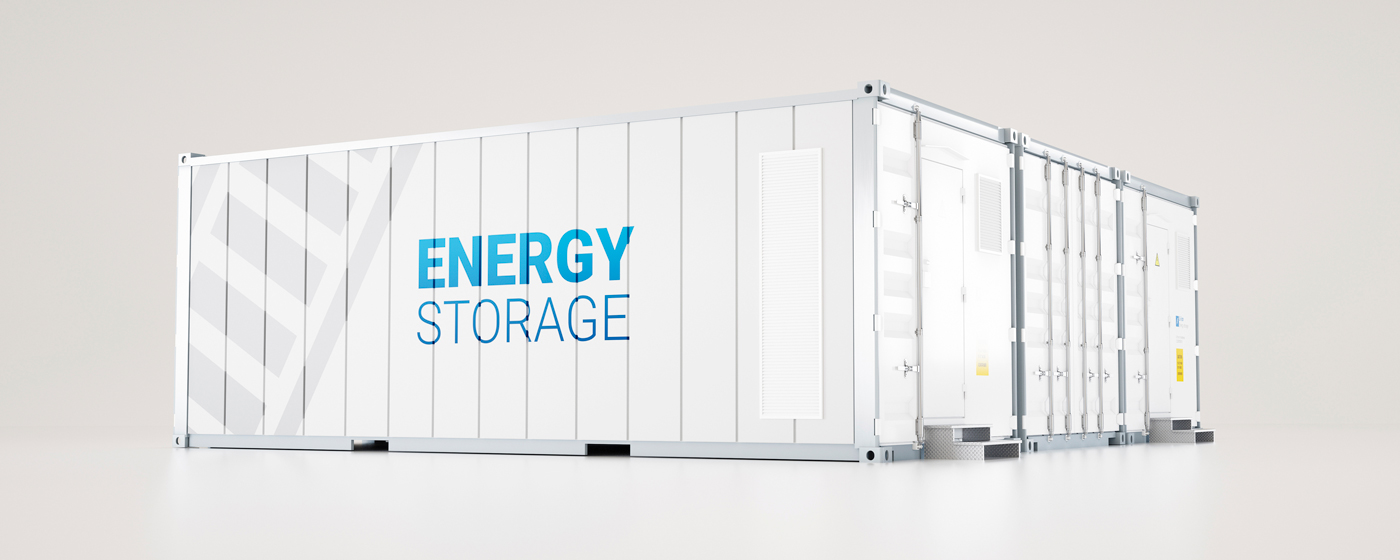Three battery types can be used to support the power system, the most common being lithium-ion batteries.
“The lithium-ion battery was developed for use in home electronics, so substantial effort has been put into ensuring that the batteries are small and energy-efficient. However, the size of the battery is not usually such an important concern when it is used as a part of the energy system. The problem with lithium-ion batteries is the availability and cost-efficiency of lithium and cobalt. Thus, cobalt is replaced by a nickel-manganese-cobalt mixture or iron phosphate, and the potential for using sodium instead of some of the lithium is being studied. A further issue is fire safety, as lithium-ion batteries contain a lot of flammable material,” says Pekka Peljo, Associate Professor of Materials Engineering at the University of Turku.
Peljo’s research group is studying the possibilities of flow batteries. These involve storing energy in liquid rather than in a cell, like in other battery types.
“Flow batteries have a lower energy density than lithium-ion batteries, but they are water-based, so they are fire-safe. With a large liquid tank, it is possible to store up to 12 hours of energy. The batteries are suitable for use with wind power plants or charging electric cars, for example. However, vanadium – the raw material used in flow batteries – is quite expensive.”
The energy system could also use sodium sulphur batteries.
“The raw materials for sodium sulphur batteries are readily available, but the battery operates at a temperature of more than 260°C, which gives rise to some challenges. However, it is a good alternative for supporting the electricity grid. New raw materials offer interesting possibilities for the future,” Peljo says.
Batteries support frequency regulation
Batteries are only used in the main grid for frequency regulation, and they are suitable for balancing out short-term fluctuations in generation and consumption.
“Fingrid purchases the power regulation capacity of batteries as a service in the reserve market – we do not have any batteries of our own. The advantage of batteries is the rapid, accurate regulation that they can provide. The present batteries are best suited to short-term regulation needs, such as disturbances, where the storage requirement is half an hour at the most,” says Pia Ruokolainen, Specialist at Fingrid.
In the coming years, additional batteries – both large and small – are likely to be built as part of the power system.
“Fingrid aims to make it as easy as possible to participate in the reserve market so we can make use of all suitable sources of flexibility. The use of batteries may also develop, and in the future, we may see other profitable applications for them in addition to frequency regulation,” Ruokolainen says.






